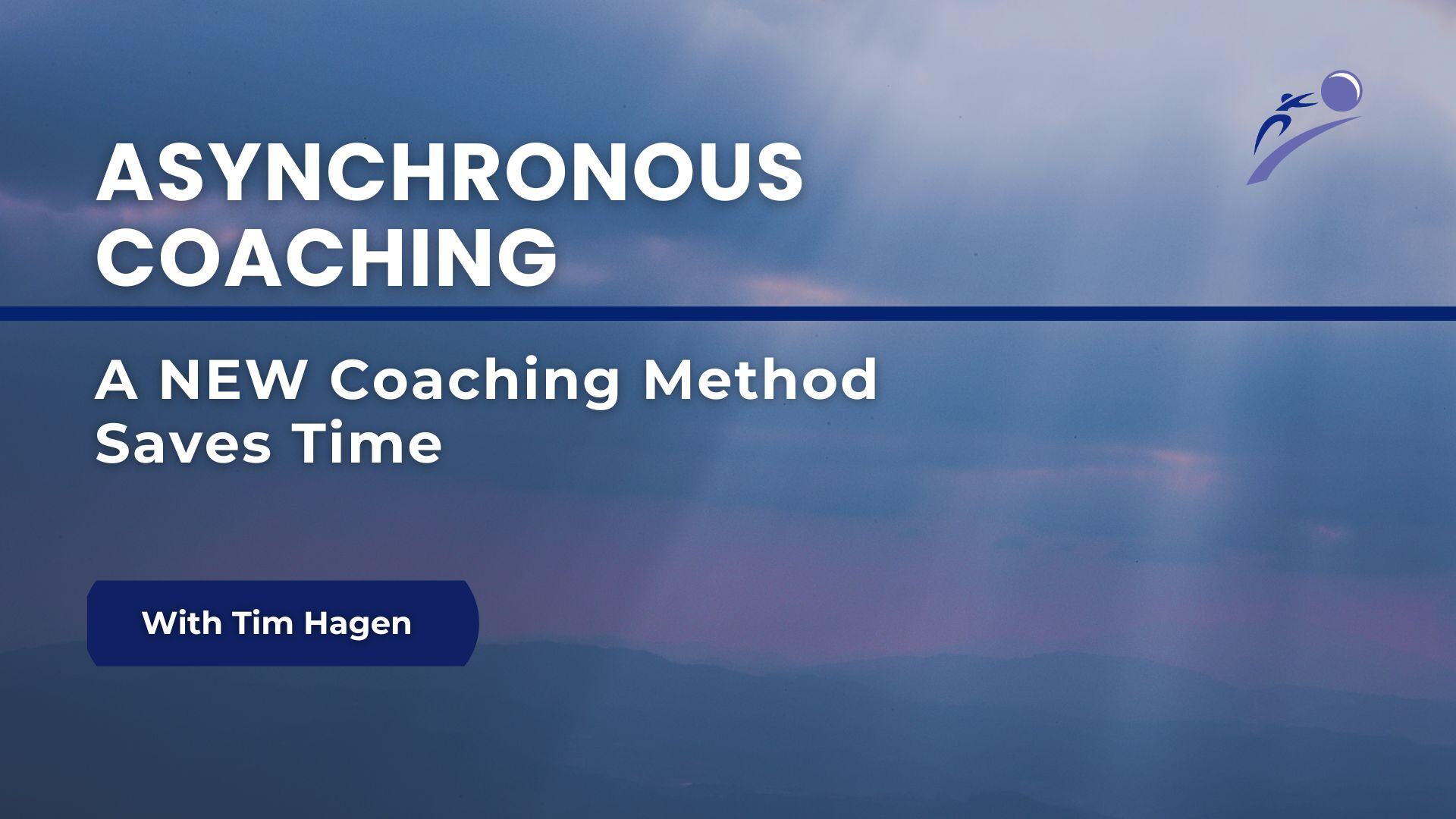 Leading up to the event you must have your team practice their skills. Working a trade show is different than working a typical sales call, while the talking points may be the same the process is slightly different. Trade shows are full of businesses all competing for the attention of the same prospects over the same time period, it's easy for a prospect to become bombarded by too many companies, so it's vital that you are on your game. Some companies may practice their elevator pitch for people already at their booth, but rarely do they practice how they will get people to stop and talk to them in the first place.
Leading up to the event you must have your team practice their skills. Working a trade show is different than working a typical sales call, while the talking points may be the same the process is slightly different. Trade shows are full of businesses all competing for the attention of the same prospects over the same time period, it's easy for a prospect to become bombarded by too many companies, so it's vital that you are on your game. Some companies may practice their elevator pitch for people already at their booth, but rarely do they practice how they will get people to stop and talk to them in the first place.
Role-playing will be your most successful route. Have your staff practice pulling people in as they walk by as well as their elevator pitch once people are in the booth. Being able to effectively pull people in will be just as important as keeping their attention once they stop, so practicing both will be very important to your success.
Pulling people in and keeping their attention is like a live prospecting call, and prospecting can be a difficult skill to master. Have your sales team practice 1-2 times per week over the few weeks leading up to the event. To get the most out of the practice have your staff score each other or offer specific feedback to the other team member. Two heads are always better than one, so by collaborating and offering up feedback your team will come up with better tactics than if they just made them up on the fly once at the event.
Second FOLLOW UP. I recently read an article that said on average 80% of leads from trade shows are never followed up on. If you don't go into the show with a follow up plan already in place, you will be less likely to get around to it later. Many times leads are forgotten about till months later and by then your prospect has probably lost their initial interest. Come up with a follow up plan and communicate it to your leads during the show. For example: " Thanks Mr. Smith for stopping by our booth, look for a call from myself or my parter next week with more details on the special we are offering and how it can help your company do xyz." Your prospect may be contacted by dozens of other exhibitors from the event the following week, but by warning them you will be reaching out they will be expecting to hear from you and will be more likely to respond back.




